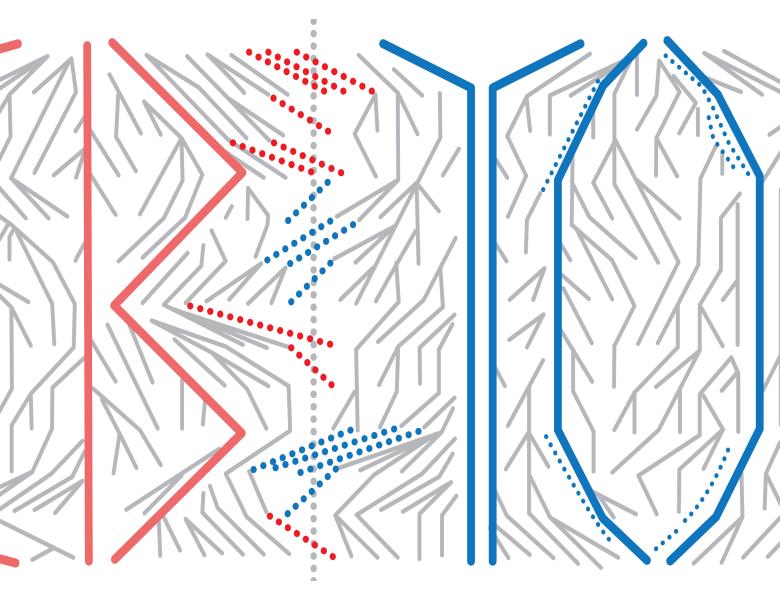
Abstract
The phrase "evolution of evolvability," coined by Dawkins (1988), was adopted by several researchers to better summarize a theoretical subject that originated with Riedl (1975) and Conrad (1977). Here "evolvability" means the upper tail of the distribution of fitness effects of genetic variation. While many assert that the evolution of evolvability is "controversial," the evolution of the upper tail of fitness distributions actually goes back to Fisher (1930). "Evolvability," when understood as the upper tail of offspring fitness distributions, is clearly not a "population-level feature" requiring group or lineage selection to evolve, but is a property of individuals. The upper tail will evolve when it co-varies with individual fitnesses, as described by the Price (1970) equation. In the usual model of a population evolving toward an adaptive peak, as in Fisher's geometric model, the covariance will be negative, and the upper fitness tail will shrink. More challenging is to identify evolutionary mechanisms that systematically cause the upper fitness tail to be maintained or to expand.
My contribution is to theoretically tie the upper tail of fitness distributions together with several disparate phenomena: the modularity and complexity of the genotype-phenotype map, gene origin dynamics, the relationship of gene duplication effects to allelic variation, and the consequences of iterative gene duplication over macroevolutionary time. These relationships are still not widely understood, so they will be the focus of my talk.


